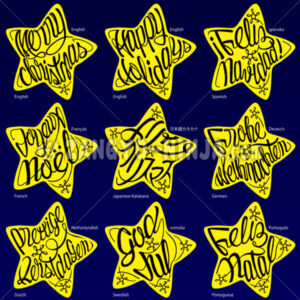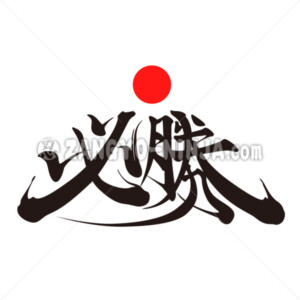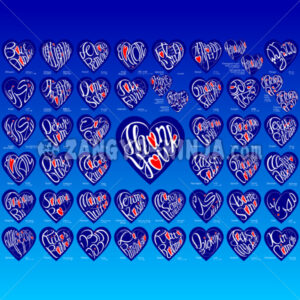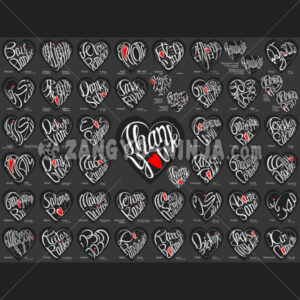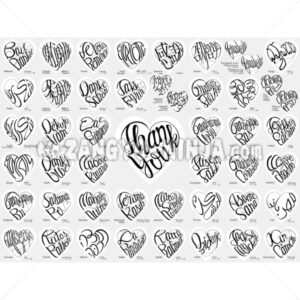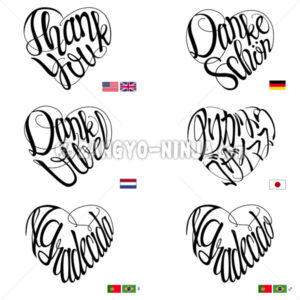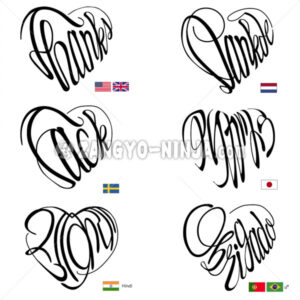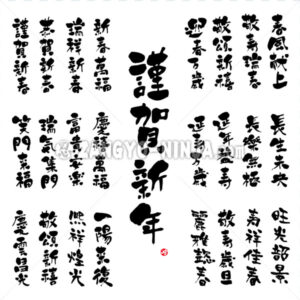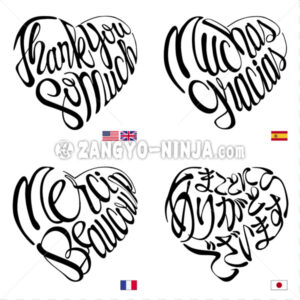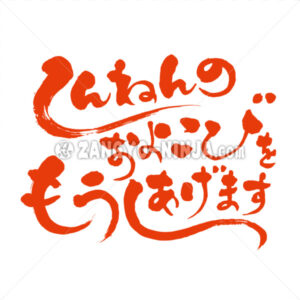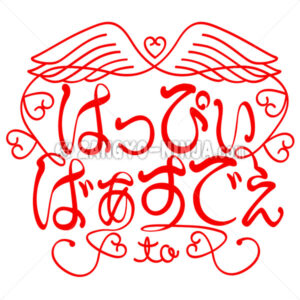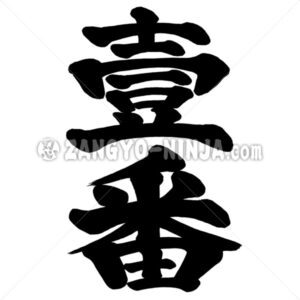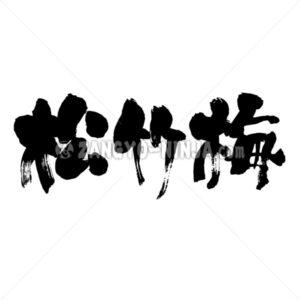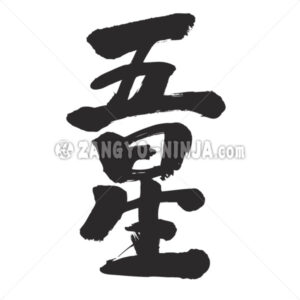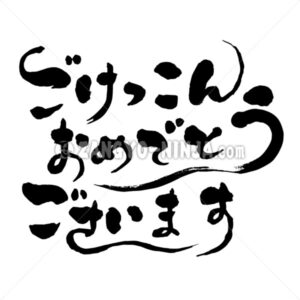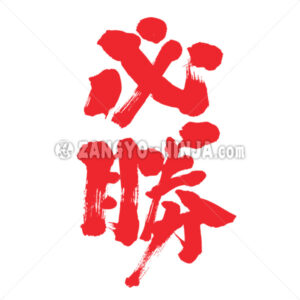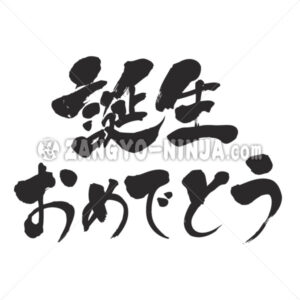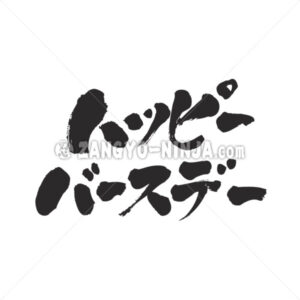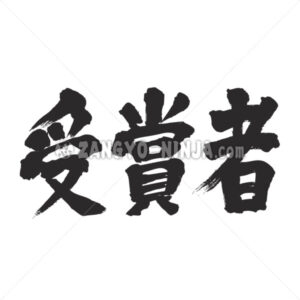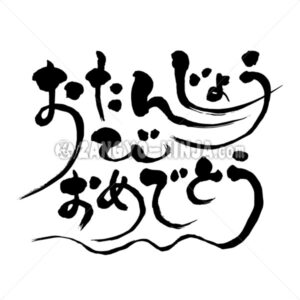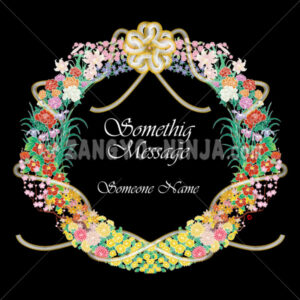
This is the original type. I previously shared a work featuring a kemomimi-style mizuhiki design, but this flower wreath is the original creation. The mizuhiki on both sides remains symmetrical and unchanged, and the flower types are mostly the same, but only the plum-shaped mizuhiki at the top center is positioned differently. This is … Read More
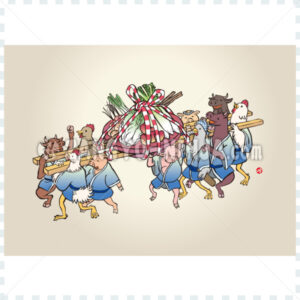
This is the second type of illustration drawn in a hand-drawn style. The first type is here. It signifies a fertility festival. In Japan, local festivals are frequently held mainly in the autumn season. It is a festival to celebrate a good harvest, so it is held in the season when the rice harvest … Read More
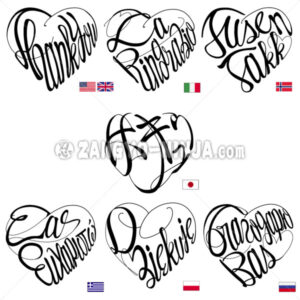
This is a typographic work that expresses the feeling of “Thank you” in the form of English, Italy, Norwegian, Polish, Greek, Russian and Japanese Katakana. The theme is “Heart of Gratitude”. The English version is styled differently The one-line style is Thank you in English. 2-line style Thank you can be found at the … Read More
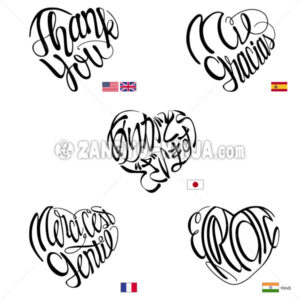
Thank you is expressed in English, Spanish, French, Indian Hindi and Japanese Hiragana as a heart-shaped writing style. And theme is “Heart of Gratitude”. It corresponds to the Japanese honorific of gratitude, “Arigatou Gozaimasu”. The basic hiragana “arigatou” is shown here, but “gozaimasu” is added after it to show respect. This is the current … Read More
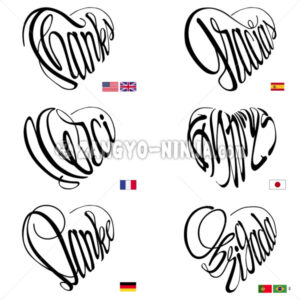
Thanks is expressed in English, Spanish, French, German, Portuguese and Japanese Hiragana as a heart-shaped writing style. And theme is “Heart of Gratitude”. The Japanese phrase “thanks” is written in a basic form. This Japanese phrase “arigatou” is the basic form of the word “thanks”. Although there are ways to write it that include … Read More
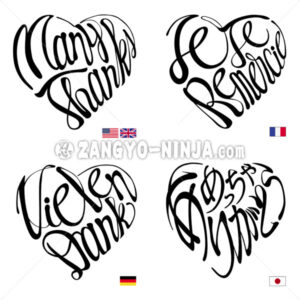
Many thanks is expressed in English, French, German, and Japanese Hiragana as a heart-shaped writing style. And theme is “Heart of Gratitude”. The Japanese phrase “many thanks” is written in a modern way In Japanese, it is “Meccha Arigatou”. This is also written entirely in hiragana. “Arigatou” is equivalent to ‘Thanks’ in English, as … Read More
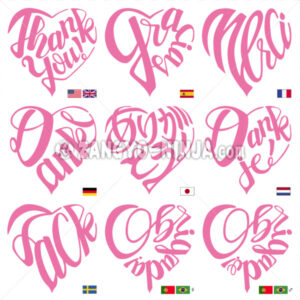
This is a heart-shaped typographic rendition of the word “Thank you” in English, Spanish, French, German, Japanese Hiragana, Dutch, Swedish, and Portuguese. Since Portuguese is divided into male and female words, there are 9 types of designs in 8 languages in total. Heart-shaped design Have you ever forgotten to say thank you when someone … Read More
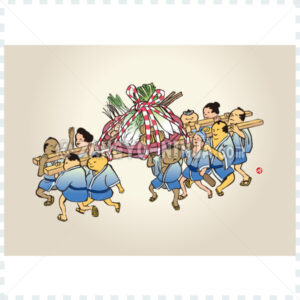
This is a contemporary illustration drawn in brushstroke style. In Japan, there are invisible dwarfs. There is a Japanese folktale about a dwarf called “Issunboushi” who exterminates demons. There is also a world fairy tale about “Seven Dwarfs” who save a princess in a castle. Where do these dwarfs come from and what do … Read More
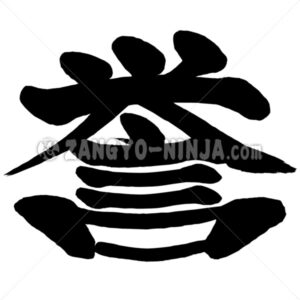
Description for Honour, Honor To feel honored when someone praises you. get a good reputation. Praise. to congratulate. An air-cooled engine for aircraft manufactured by Nakajima Aircraft and delivered to the Army and Navy during the Pacific War. It was developed as a 2000 horsepower class engine based on the Sakae engine installed in … Read More
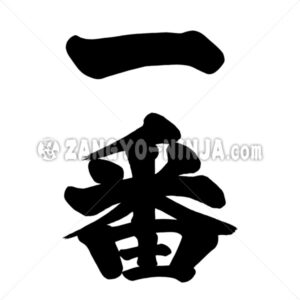
Description for Ichiban The beginning of the order and the top of the order. It is also used to mean the most. The first or highest in order or sequence. The meaning of the first element in the series that can be counted. Number one. In Japanese, it’s called “Ichi ban” as bold style … Read More
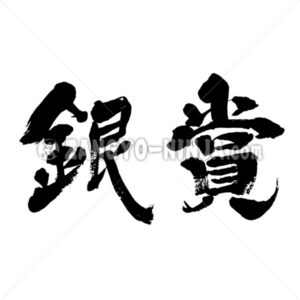
Description for Silver prize Second place in an exhibition or competition, following the gold prize. Specifically, this ranking system—where gold represents first place, silver second place, and bronze third place—is commonly used in contests and competitions.
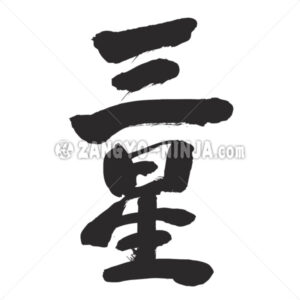
1. Three stars. Also, something like that. 2. In terms of grade and rating, evaluate on a three-point scale from one star to three stars. Or such a rating system. 3. The highest evaluation in the evaluation system that evaluates in 3 stages. Japanese calls Mitsu-boshi


